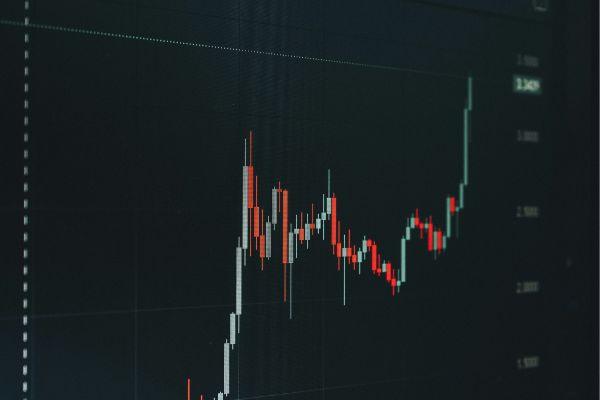Volatility controlled indices are a type of index that use algorithms to maintain a target level of volatility by adjusting exposure to a selected basket of assets. These complex underlyings have long been part of the structured product universe. Generally, they represent lower volatility versions of their respective markets, making them attractive for growth products that offer some level of capital protection because the required options get cheaper. In the US, two popular choices are the JPMorgan ETF Efficiente 5 Index and the Goldman Sachs Momentum Builder Multi-Asset Class Index.
These indices provide exposure to a range of asset classes through indices or ETFs, using a momentum algorithm for asset allocation. In addition to using momentum they aim to maximize portfolio performance with various diversification constraints and volatility control measures, targeting a 5% volatility level. Both indices rebalance monthly, with the Goldman Sachs Momentum index also including a daily rebalancing mechanism which is triggered if historic volatility exceeds the target.
Evolution of volatility control
Index providers continue to innovate and create new indices and there is a new generation of volatility controlled indices that seeks to increase the frequency of rebalancing and make the use of assets more reactive to changes in the market. Where the more established indices use monthly or quarterly rebalancing techniques these use weekly, daily or even intraday indicators.
The Goldman Sachs Canopy Index launched in March 2024 is an example of a strategy that includes both a target volatility and momentum mechanism designed to generate alpha. The momentum feature is based on intraday equity performance, and the index targets 8% volatility, adjusting exposure based on whether the historical volatility of the base index would take it below or above this level.
Case study: MerQube
Other notable examples include the MerQube US Tech+ Vol Advantage Index and the MerQube US Large-Cap Vol Advantage Index. The first provides exposure to the Invesco QQQ Trust ETF and the second to E-Mini S&P 500 Futures contract. Both have target volatility levels of 35% and a maximum exposure of 5x geared. The volatility control mechanism is achieved using leverage based on one-week implied volatility derived from listed options. This is unlike most volatility controlled underlyings that tend to use historic volatility as the basis for volatility control calculations.
These indices also differ from most other volatility controlled indices as they have a relatively high volatility target. Rather than trying to reduce volatility of the underlying they are increasing the exposure to the underlying. In the case of the MerQube US Tech+ Vol Advantage Index this is increasing the exposure to the asset by approximately 60% as the current one-year implied volatility of the ETF is around 22%.
These two indices have been used as underlyings in the US market since July 2021 and in that time there have been over 1700 products issued by JP Morgan and linked to either of them. Most products are at risk autocall or reverse convertible products. A recent example is the JP Morgan Phoenix Auto-Callable Certificates Linked to the MerQube US Tech+ Vol Advantage Index due July 2029 (ISIN:XS2854335416). This five-year product pays contingent coupons of 15.25% per annum if the index is at or above 75% on any quarterly measurement date. The product will call and mature early if the index is at or above its initial level on any observation. There is a 50% European barrier at maturity.
The two MerQube indices also incorporate a decrement feature which means that 6% is deducted annually in place of a dividend stream. Combining volatility control and a decrement means both the main pricing parameters for the index are adjusted which should make options cheaper and therefore allow for better headline terms.
Benefits of volatility controlled indices
Volatility controlled indices are advantageous for issuers as they reduce the uncertainty and unpredictability that can make hedging difficult and expensive. They can be easier to hedge primarily due to their predictable risk profile and systematic exposure adjustments. These indices maintain volatility within a predefined range which simplifies the creation and management of hedging strategies, as it minimizes the risk of large changes in the index's value.
Proprietary indices are a natural fit for structured products as they can be used to give investors exposure to complex strategies in a relatively lost cost way. The total fee load on the strategy would expect to be higher than for mainstream indices but the idea is that it is more than compensated by higher returns.
Tags: Structured EdgeImage courtesy of: Dhruv / unsplash.com










